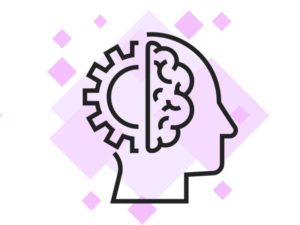“…the combination of a human expert and an algorithm performed better than the combination of two human experts.”

A new study published in the Proceedings of the National Academy of Sciences suggests that the best way to accurately match faces in two different photos is to combine the expertise of a human expert and a biometric algorithm.
The study was carried out by researchers from three universities and the National Institute of Standards and Technology (NIST), and involved four facial recognition algorithms and 184 human participants. Eighty-seven of the humans were trained face forensics experts and 13 others showed preternatural ability, while the rest were essentially a control group. What the researchers found was that, first of all, experts are better than non-experts – nothing too surprising there – but also that when an individual was paired with a partner, the combination of a human expert and an algorithm performed better than the combination of two human experts.
As one NIST engineer explained in a statement announcing the findings, the result suggests that the human and the machine are using different strategies, which combine to produce an overall more accurate result; whereas two human experts are probably using essentially the same strategy to match faces, and it will prove effective less often.
Of course, facial recognition technology continues to evolve, and it is not a safe bet that human assistance will always prove more effective. Even in the study, it isn’t clear that the algorithms used were representative of the state of the art; all four were developed between 2015 and 2017, but three of them were the product of a team led by one University of Maryland professor. At the very least, that doesn’t seem to be representative of the range of commercial and government technologies in operation today.
Still, the study and its salient result offer some food for thought as society continues to grapple with the growing prevalence of biometric facial recognition in not only forensic investigations, but everyday life.
Source: EurekAlert!
–
May 29, 2018 – by Alex Perala








Follow Us